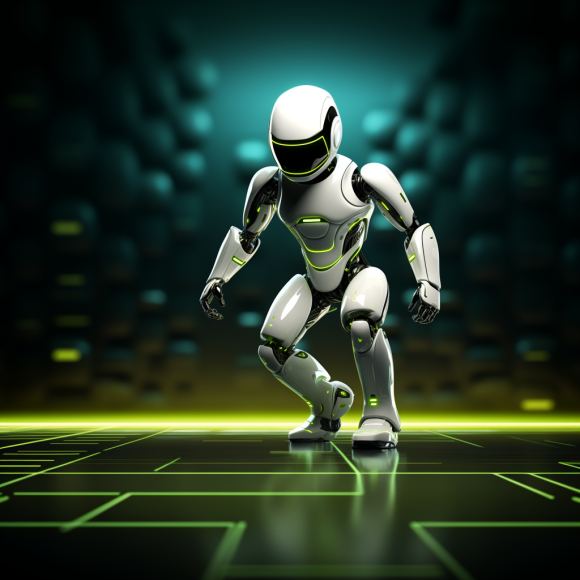Robots are everywhere now, from the floors of factories to sweeping the floors of your house. Even so, when you hear the word “robot,” you probably picture advanced humanoid machines from the future. Despite the abundance of robotics, we’re still in the early stages in the history of robots.
Robots’ technological predecessors go back thousands of years. Actual robotics, however, didn’t come about until the 20th century. Here’s a closer look at robot history.
Origins of the Term “Robot”
A good place to start with the history of robots is with the history of the word itself. As mentioned earlier, robotics’ roots go back millennia. The word “robot,” however didn’t emerge until the 1920s.
The first appearance of “robot” was in Czech playwright Karel Čapek’s 1921 play “R.U.R.” Čapek drew “robot” from “robota,” the Czech word for forced labor. In the play, robots, which were somewhere between machine and man, were forced laborers, as their name implies.
As time went on, “robot” slowly came to describe autonomous machines more than the more organic beings in “R.U.R.” The connotation of forced labor fell away too, although robots appear in industry more than anywhere else.
Early Automatons
You can trace the history of robotics far beyond the term “robot.” Automatons, partially self-operating machines, predate “R.U.R” by more than a thousand years. Though we don’t have any intact models, records of automatons date back to before 350 BCE in ancient Greece.
Automatons became far more complex in the 18th and 19th centuries. Many of these were strictly entertainment pieces, like mechanical singing birds or a machine that could write a predetermined sentence. These expensive, intricate machines decline around the 20th century, but that’s when actual robots began to take off.
The Rise of Industrial Robots
The first robots as you know them appeared in the mid-20th century. George Devol invented the world’s first industrial robot, the Unimate, in 1954, and it first saw work in 1961. Much like robots today, the Unimate took over hazardous factory work so human employees don’t put themselves at risk.
Mobile industrial robots also appeared in 1954 with the Barrett Electronics Company’s automatic guided vehicles (AGVs). Throughout the next few decades, more and more companies started to make robots for factories. By the 1990s, they were an industry standard.
Commercial Robots Emerge
As robots gained popularity among businesses, they started to appear in commercial uses too. In the 1980s, robot toys that could move or make noise on their own emerged. Unlike the entertainment automations of the 18th century, these were, and still are, generally affordable.
The history of robot toys experienced a peak in the 90s. Sony’s robot dog, AIBO, sold out almost immediately when it released in 1999, despite costing $2,500. You’ve probably noticed robotic toys have gotten a lot cheaper since then.
Robots Today
Today, robots are everywhere you look. In 2018 alone, there were 384 million shipments of industrial robots, and that doesn’t even include commercial bots. Home robots like autonomous vacuums and smart speakers are now everyday items.
Nowadays, robotics research largely revolves around AI and machine learning, as we grow closer to the intelligent robots you see in the movies. Still, most robots you’ll find today are more limited, usually focusing on completing a single task. This approach has led to a much wider variety of robots, with more companies making more machines that serve more purposes.
The Future of Robotics
The history of robots is far from over. Scientists and engineers grow closer to developing intelligent robots every day. It may not be long before the robots of science fiction movies and shows become a reality.
Robot history is relatively short, so it’s challenging to say what comes next. The robots we have today look nothing like Unimate. To learn what comes next, you’ll just have to wait and see.
Recent Stories
Follow Us On
Get the latest tech stories and news in seconds!
Sign up for our newsletter below to receive updates about technology trends














